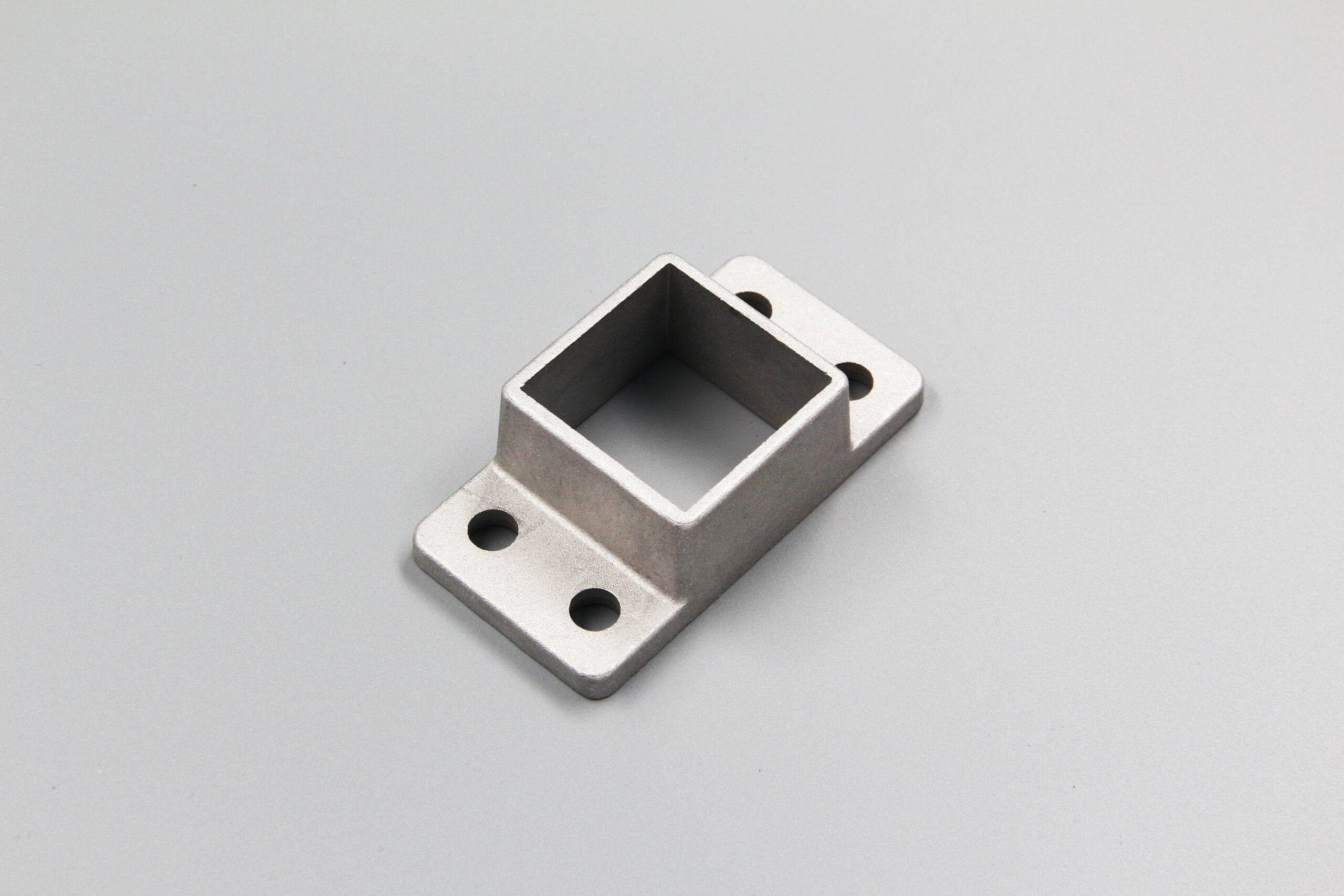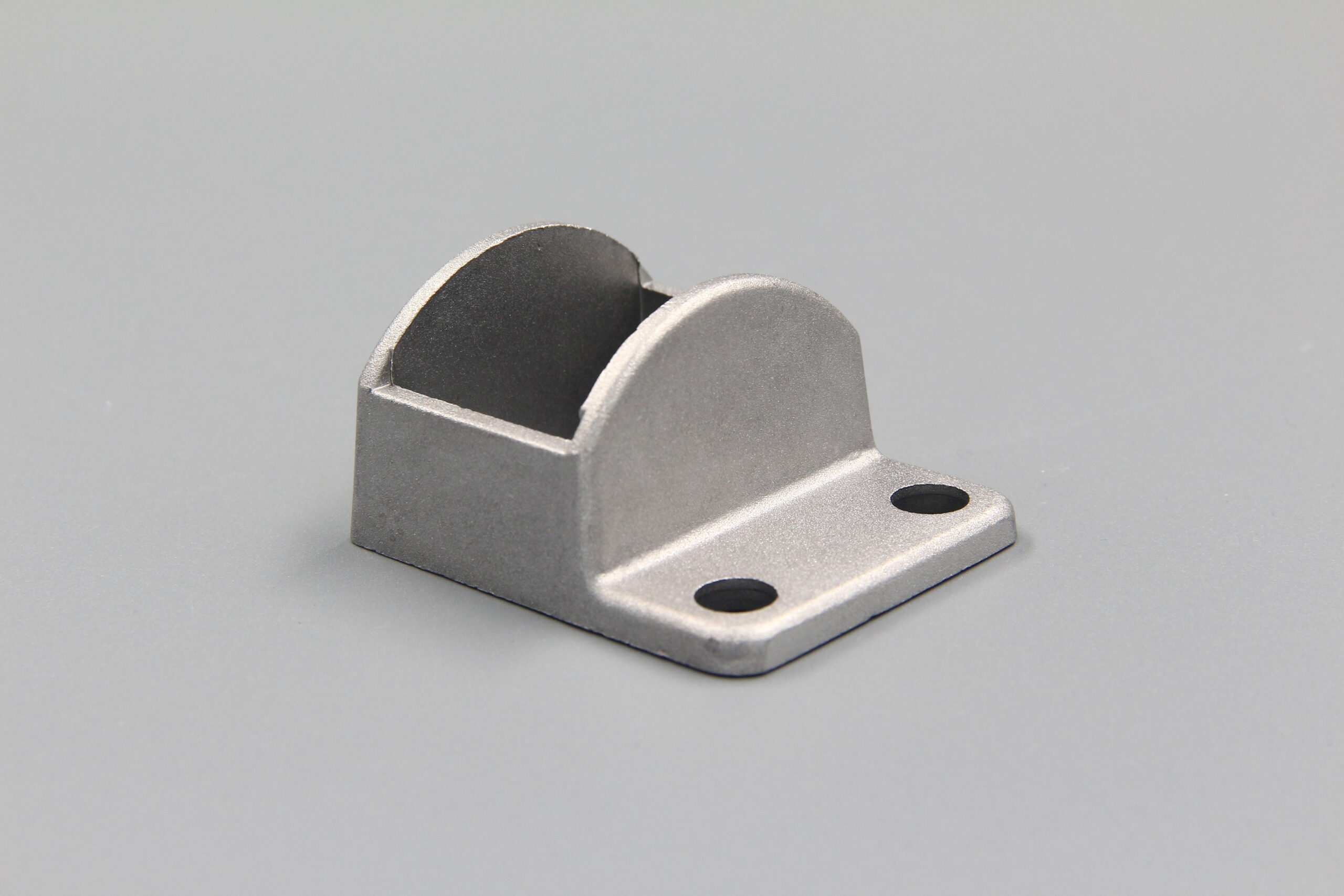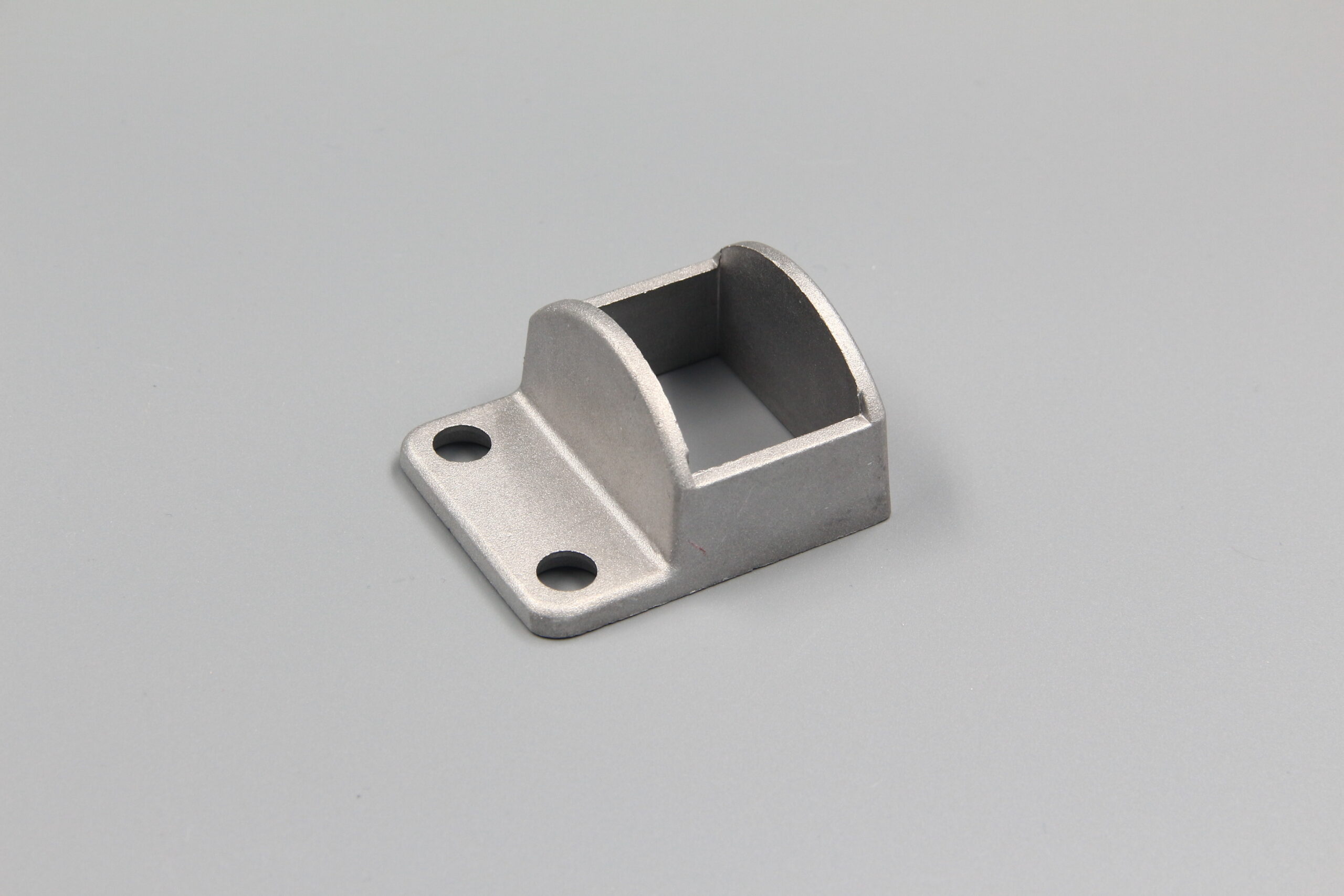- Home

- Company

- Die Casting
What Is Die casting?

Die Casting Advantages
Other benefits include:
• Variable wall thicknesses
• Tighter tolerances
• Fewer steps from raw material to finished part
• Fast production cycle times
• Reduction in material scrap
• Long tool life, especially for zinc and magnesium

Our Die Casting Machine Tools
Die Casting Alloys
• High strength and hardness
• High thermal conductivity
• High electrical conductivity
• Outstanding EMI/RFI shielding properties
• Good finishing characteristics
Separately, each die cast alloy offers a variety of benefits that the other may not offer. That is one of the great things about die casting, you do not have to be limited when it comes to choosing the right metal.
Die Cast Process
There isn’t one single process that can suit every project. Each project is different which is why Innovacasts offers multiple solutions for all die casting needs. This ensures the right process is always used for the right application. At Innovacasts, we offer three different types of die casting processes.
Hot-Chamber
Used for zinc, some magnesium alloys, and other low-melting, hot-chamber die casting is a great option for alloys that do not readily attack and erode metal pots, cylinders, and plungers.

Cold-Chamber
Better suited for metals with high melting points such as aluminum, during cold-chamber die casting, metal is liquefied and then ladled into a cold chamber where a hydraulically operated plunger pushes the metal into the die.
Injected Metal Assembly
Over the past 12 years, we have developed and refined our innovative; one-step manufacturing solution, Injected Metal Assembly. IMA outperforms most adhesives used for small component joining and assembly production and reduces manufacturing costs.
Every day we work collaboratively to find new opportunities and discover unique, high-value solutions for your product manufacturing.